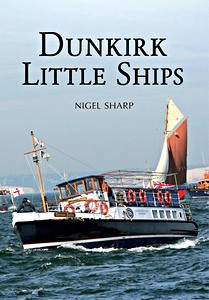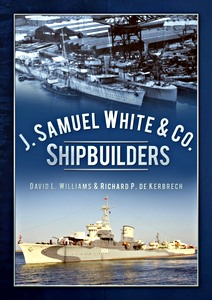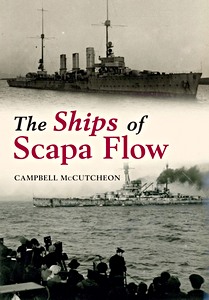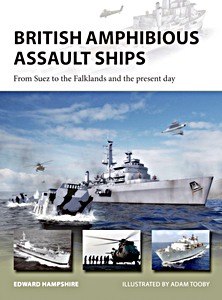A Shipyard at War - Unseen Photographs from John Brown's, Clydebank 1914 - 1918
Although best known for large liners and capital ships, between 1914 and the completion of the wartime programmes in 1920 the Clydebank shipyard of John Brown & Sons built a vast range of vessels - major warships down to destroyers and submarines, unusual designs like a seaplane carrier and submarine depot ship, and even a batch of war-standard merchant ships.
This makes the yard a particularly good exemplar of the wartime shipbuilding effort.
Like most shipyards of the time, Clydebank employed professional photographers to record the whole process of construction, using large-plate cameras that produced pictures of stunning clarity and detail; but unlike most shipyard photography, Clydebank's collection has survived, although relatively few of the images have ever been published.
For this book some 200 of the most telling were carefully selected, and scanned to the highest standards, depicting in unprecedented detail every aspect of the yard's output, from the liner Aquitania in 1914 to the cruiser Enterprise, completed in 1920.
Although ships are the main focus of the book, the photos also chronicle the impact of the war on working conditions in the yard and, perhaps most noticeable in the introduction of women in large numbers to the workforce. With lengthy and informative captions, and an authoritative introduction by Ian Johnston, this book is a vivid portrait of a lost industry at the height of its success.
Caractéristiques
| Auteur : | Ian Johnston |
|---|---|
| Présentation : | 192 pages, 26 x 24 cm, relié |
| Illustration : | 200 photos |
| Editeur : | Seaforth Publishing (GB, 2014) |
| ISBN : | 9781848322165 |
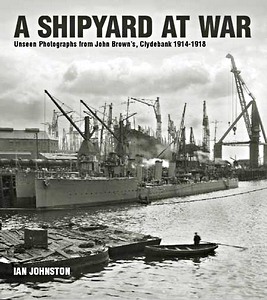
A Shipyard at War - Unseen Photographs from John Brown's, Clydebank 1914 - 1918
Langue : anglais
Disponible sur Amazon - paiement sécurisé et livraison rapide
Acheter sur Amazon FRAcheter sur Amazon BE
Acheter sur Amazon CA




